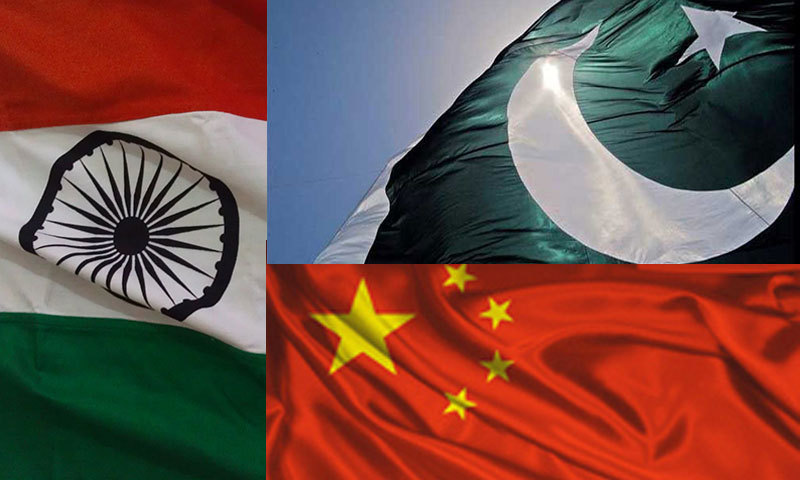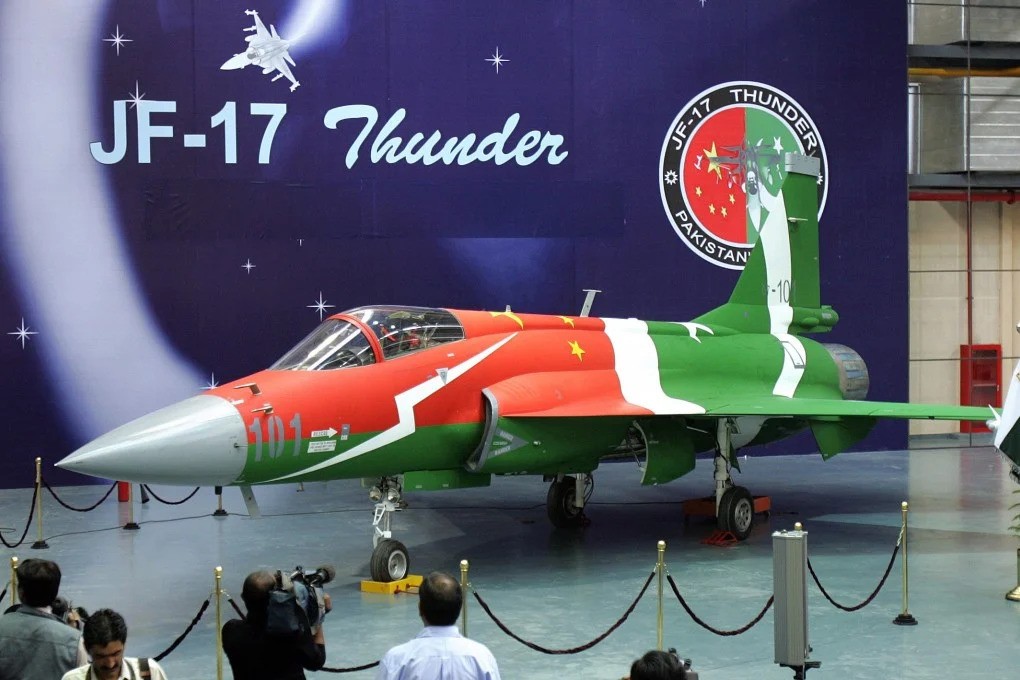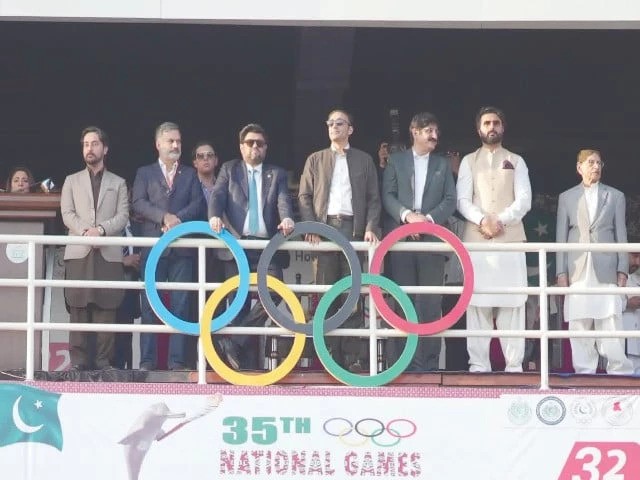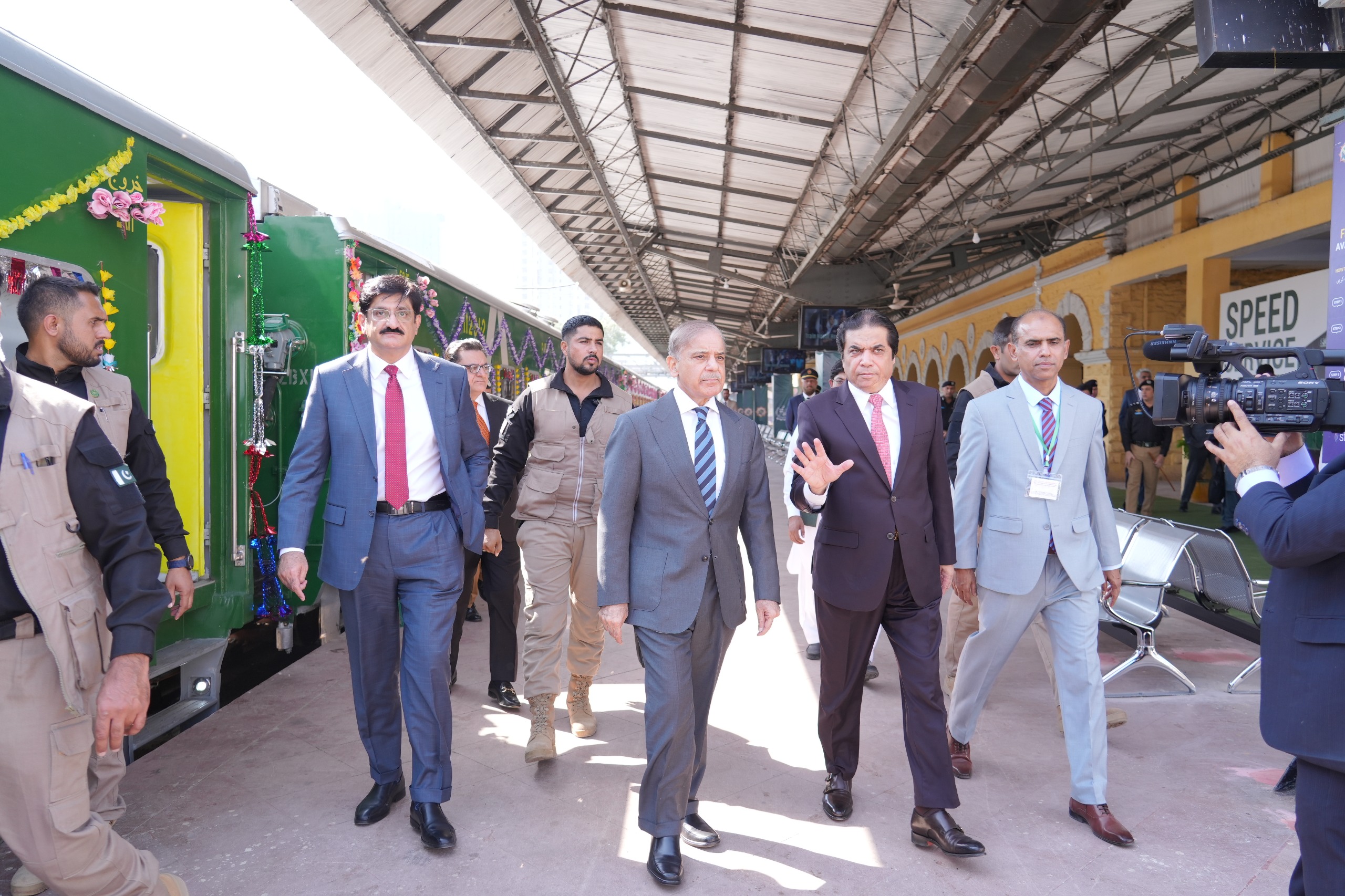Islamabad (PNP Special – Sabahuddin Qazi): On May 7, 2025, the skies over the volatile India-Pakistan border lit up in one of the most intense aerial clash in recent South Asian history. More than 120 aircraft were reportedly involved in a multi-hour dogfight that led to the downing of multiple Indian jets, including three Dassault Rafales, a MiG-29, and a Su-30MKI. What shocked defense analysts worldwide was not just the scale of the conflict, but the crucial role played by Chinese military hardware and support in Pakistan’s tactical victory.
The Aerial Clash 2025: A Turning Point
The escalation followed a deadly militant attack in Indian-administered Kashmir, an area that has sparked numerous wars and skirmishes since the 1947 partition. India responded with aerial strikes on what it described as terrorist camps in Pakistani territory. In retaliation, Pakistan scrambled its most advanced fighter jets—including the Chinese-built Chengdu J-10C.
These jets, equipped with modern avionics, AESA radar, and long-range PL-15 missiles, outperformed the Indian fleet in several key engagements. Multiple reports confirm that the Chinese-supplied platforms played a decisive role in intercepting and shooting down Indian jets, including the technologically superior Rafales.
China’s Growing Military Footprint in Pakistan
Beijing’s role in Islamabad’s defense modernization has deepened over the last two decades. The J-10C deal, finalized in 2021, symbolized a shift in Pakistan’s air doctrine—moving away from a purely defensive posture to a more assertive, agile combat force.
Beyond aircraft, China has helped Pakistan build missile systems, air defense networks, and naval capabilities. Analysts argue that the May 2025 skirmish marked the first high-intensity combat scenario where Chinese military exports were tested against NATO-standard aircraft—and succeeded.
The Strategic Implications
1. Shifting Air Superiority in South Asia:
The J-10C’s performance signals a strategic rebalancing in regional air power, challenging India’s presumed edge with its Rafale and Su-30MKI fleet.
2. Global Defense Markets Take Note:
With a Pakistani air force achieving kills against Western-made jets, Chinese defense exports may gain prestige—and market value—in developing nations seeking affordable alternatives to Western arms.
3. China as a Covert Combatant:
Though not directly involved in the battle, China’s role is unmistakable. The aircraft, training, targeting systems, and even parts of Pakistan’s electronic warfare suites were Chinese-made, effectively making Beijing a shadow participant in the conflict.
Historical Context: The Roots of a Three-Way Tension
To truly grasp the significance of this event, it’s vital to understand the historical contours of the India-Pakistan-China relationship—a triangle shaped by war, strategy, and mutual suspicion.

The seeds of hostility were sown in 1947 when the British partitioned the Indian subcontinent, creating Pakistan. The first war over Kashmir broke out that same year. Over the decades, both nations fought three more wars and endured countless skirmishes—especially around the Line of Control (LoC) in Kashmir.
The 1999 Kargil conflict marked the last full-scale limited war, fought shortly after both countries became declared nuclear powers. Since then, the rivalry has evolved into high-stakes brinkmanship, with frequent confrontations across air, land, and cyberspace.
Though early post-colonial leaders in India and China spoke of unity, the 1962 Sino-Indian War shattered the façade. Fought over disputed Himalayan borders, the war ended with a decisive Chinese victory and a lasting mistrust that lingers to this day.
Border skirmishes have never truly ceased, culminating in the 2020 Galwan Valley clash that resulted in casualties on both sides—the first deadly conflict in decades. India now sees China as a direct military threat, not just an economic competitor.
China began supporting Pakistan militarily soon after its own rift with India. Over time, this support evolved into a multi-dimensional alliance:
Military Cooperation: Ranging from aircraft and missile co-development to the transfer of stealth drone and naval technologies.
Economic Investment: Through the $60 billion China-Pakistan Economic Corridor (CPEC), a critical segment of Beijing’s Belt and Road Initiative.
Nuclear Assistance: Unofficial support in the development of Pakistan’s nuclear weapons capability, providing critical designs and materials in the 1980s and ’90s.
This “all-weather friendship”, as demonstrated during recent aerial clash, is viewed in New Delhi as a concerted effort to encircle and destabilize India.
The Tactical Evolution of the Pakistan Air Force (PAF)
The PAF has undergone a quiet revolution since 2000. While it still lags behind the Indian Air Force (IAF) in size, it has made huge strides in interoperability, precision targeting, and networked warfare—largely due to Chinese and Turkish inputs.
The 2025 aerial clash validated this evolution. J-10C jets, armed with Chinese PL-15 beyond-visual-range missiles, engaged Indian fighters effectively, disrupting formations and enforcing aerial denial zones.
Pakistan Air Force’s integrated air defense systems—many co-produced with Chinese firms—also contributed by providing better radar coverage and real-time data sharing, something Indian analysts now admit their forces underestimated.
India’s Strategic Options and Global Response
India is unlikely to let this episode pass without consequence. There are signs that New Delhi may:
* Accelerate procurement of more Rafales or F-21s under consideration from the U.S.
* Expand indigenous fighter programs like the Tejas Mk2 and AMCA.
* Push for stronger defense ties with Quad allies—especially the U.S. and Japan.
Meanwhile, Western defense planners are analyzing the battle as a case study in how Chinese platforms perform against NATO-standard aircraft in real combat scenarios. If China can show consistent results through proxies like Pakistan, it may shake global arms dynamics.
During the recent aerial clash, the downing of Indian jets with Chinese-supplied aircraft isn’t just a tactical incident—it’s a strategic message. Beijing has signaled that it is willing to empower allies in sensitive regions, even when it risks escalating rivalries. As South Asia becomes a proving ground for great-power competition, the line between local skirmish and global confrontation continues to blur. The 2025 air battle marks not just a win for Pakistan but a wake-up call for India—and the world.



